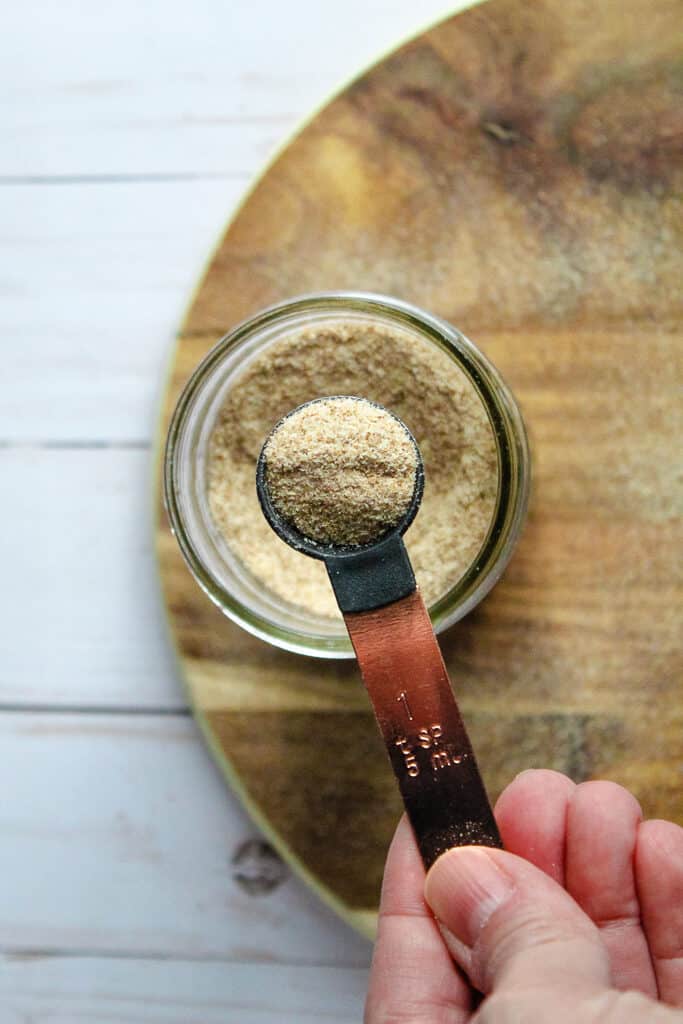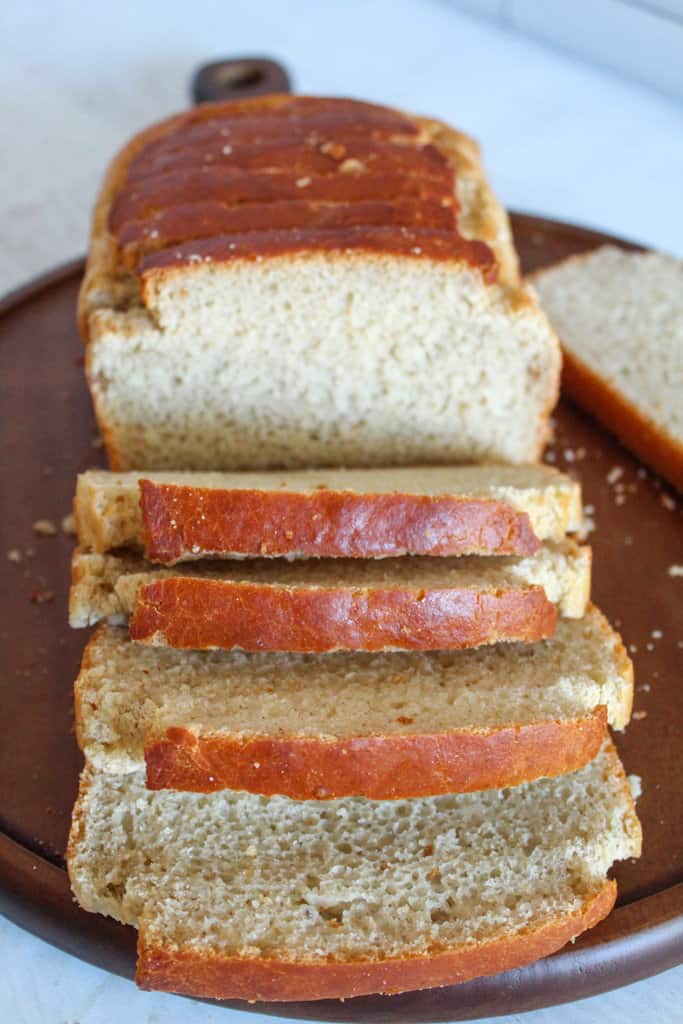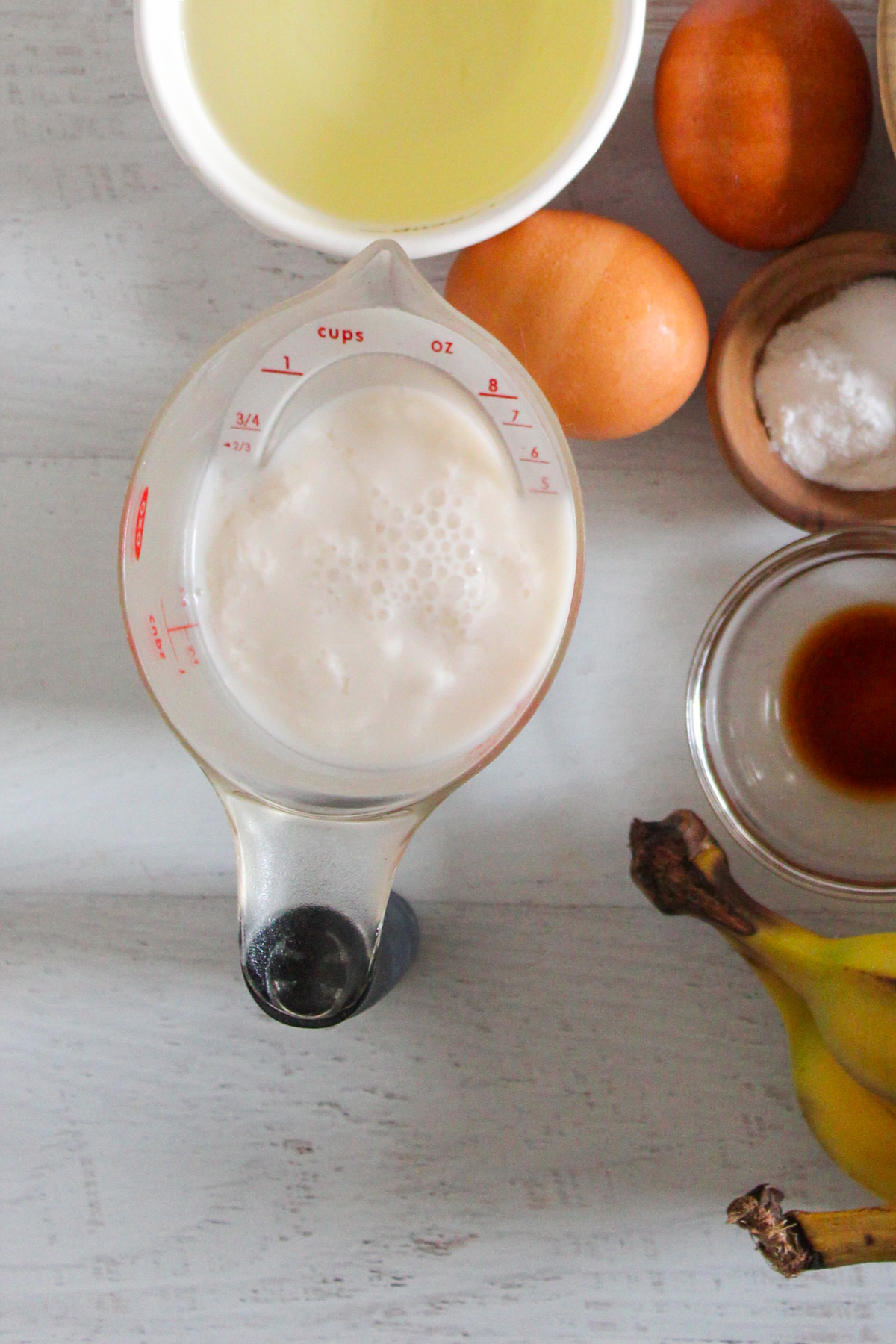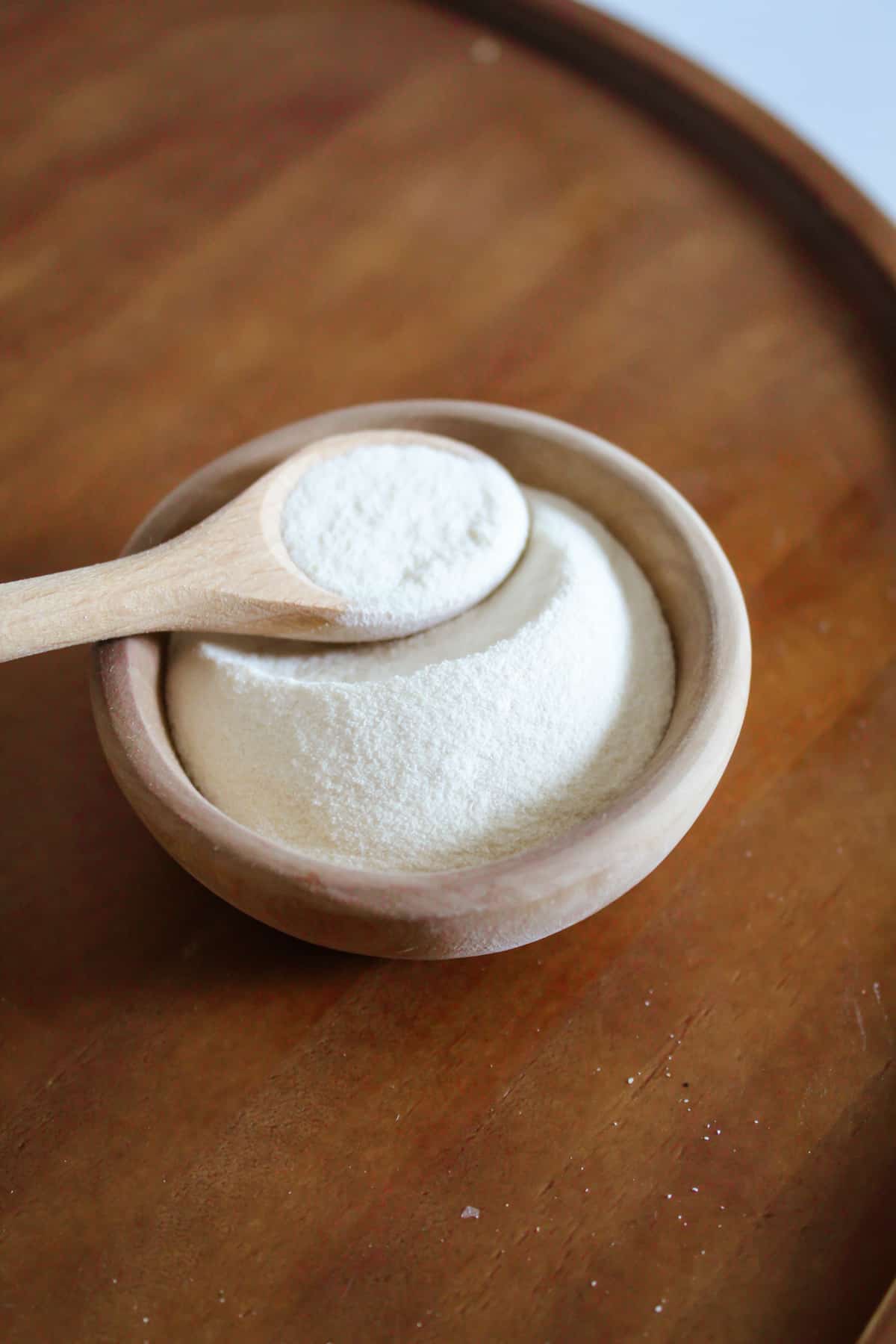Is Tahini Gluten Free? What You Need to Know
Tahini is a popular and versatile ingredient in vegan and dairy-free cooking, but is tahini gluten-free? In this post, I’ll break down exactly what tahini is, how to use it, and how to make sure it’s safe for even a strict gluten-free diet!
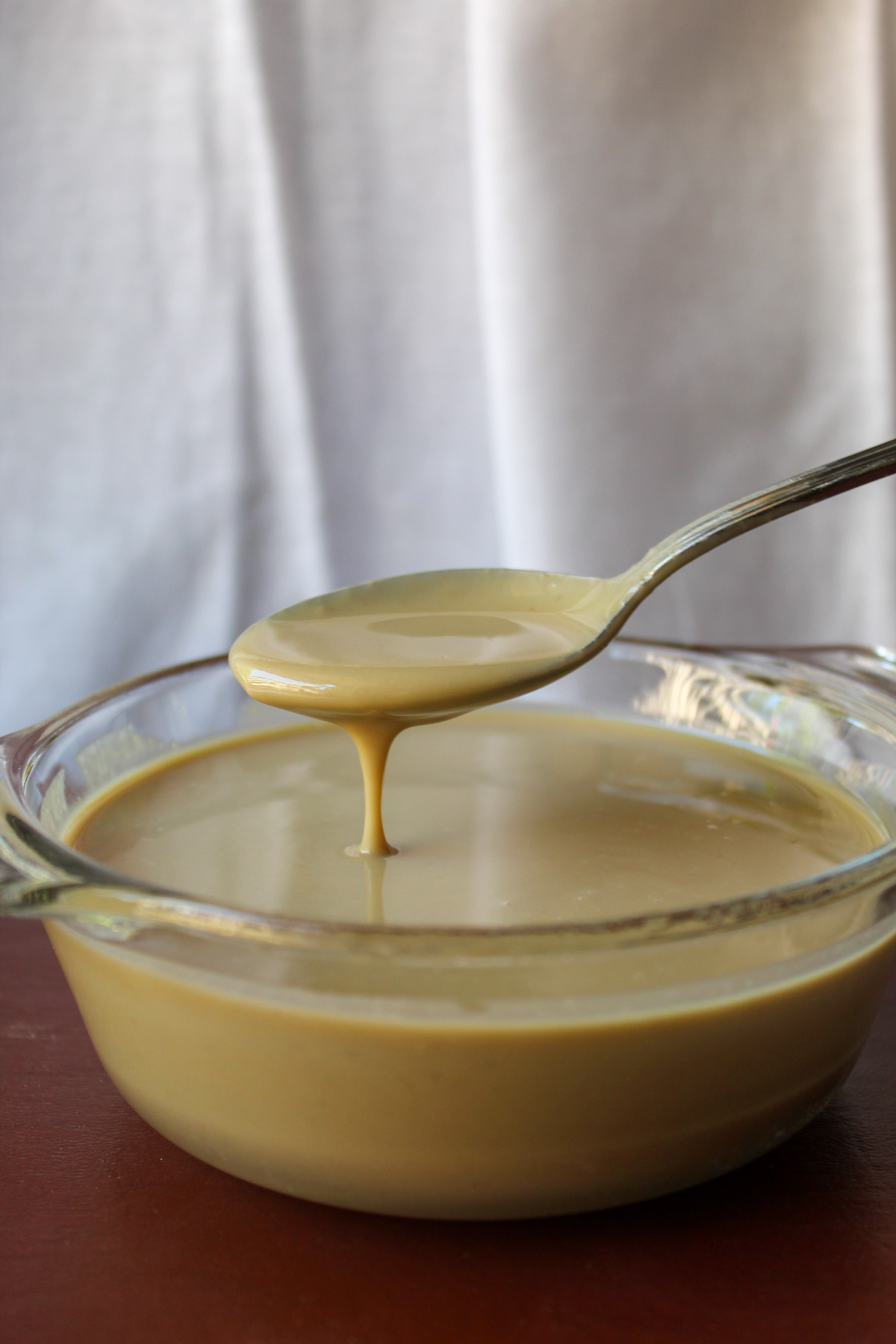
Over the last few years, tahini has become more popular than ever before. These ground sesame seeds have a slightly nutty flavor that enhances the best hummus, salad dressings, and more.
Table of Contents
But if you have celiac disease or non-celiac gluten sensitivity, I know you’re used to double-checking every ingredient that crosses your lips.
I want to help you set those fears to the side, so you can avoid unwanted gluten and enjoy the best flavors!
Key Takeaways: Is Tahini Gluten-Free?
Made by blending sesame seeds into a paste, tahini is naturally gluten-free and is prized for its uniquely nutty flavor and high protein content.
On a basic level, all tahini is gluten-free, although some brands may change the recipe slightly or process the sesame seeds in facilities that also process wheat.
To be on the safe side, consider purchasing a certified gluten-free brand or make your own tahini at home!
Looking for more gluten-free baking tips and ingredient information? Check out this sorghum flour substitute post, this agave syrup alternatives article, and is baking powder gluten free.
What is Tahini?
Tahini is a sesame seed paste made by blending toasted sesame seeds until they turn into a soft, creamy texture. This is basically the same process used to make your favorite nut butters, like peanut or almond butter.
It’s a popular ingredient in Middle Eastern cuisine and essential in traditional hummus, baba ganoush, sauces, and more.
How to Use Tahini
These days, you’ll find tahini used in many creative ways. People love to incorporate its nutty flavor into a range of delicious sauces, cookie recipes, cakes, and more.
It’s also popular for being naturally nut-free, making it an allergy-friendly alternative to peanut butter in vegan sauces and dressings.
Tahini’s deeply savory earthiness adds a sophisticated flavor that people can’t quite get enough of. It pairs just as well with sweet ingredients, like maple syrup, as it does with savory options, like fresh garlic and roasted vegetables.
Nutritional Benefits
Sesame seeds pack impressive nutritional benefits, making them especially popular with people on a vegan diet. It’s high in protein and fiber.
Tahini is also high in copper and selenium, and may support healthy cholesterol, reduce the likelihood of cancer, and reduce inflammation.
The types of fats in sesame seeds are omega-6 fatty acids (AKA polyunsaturated fatty acids or PUFAs). These can be inflammatory if you don’t get the right amount of omega-3s.
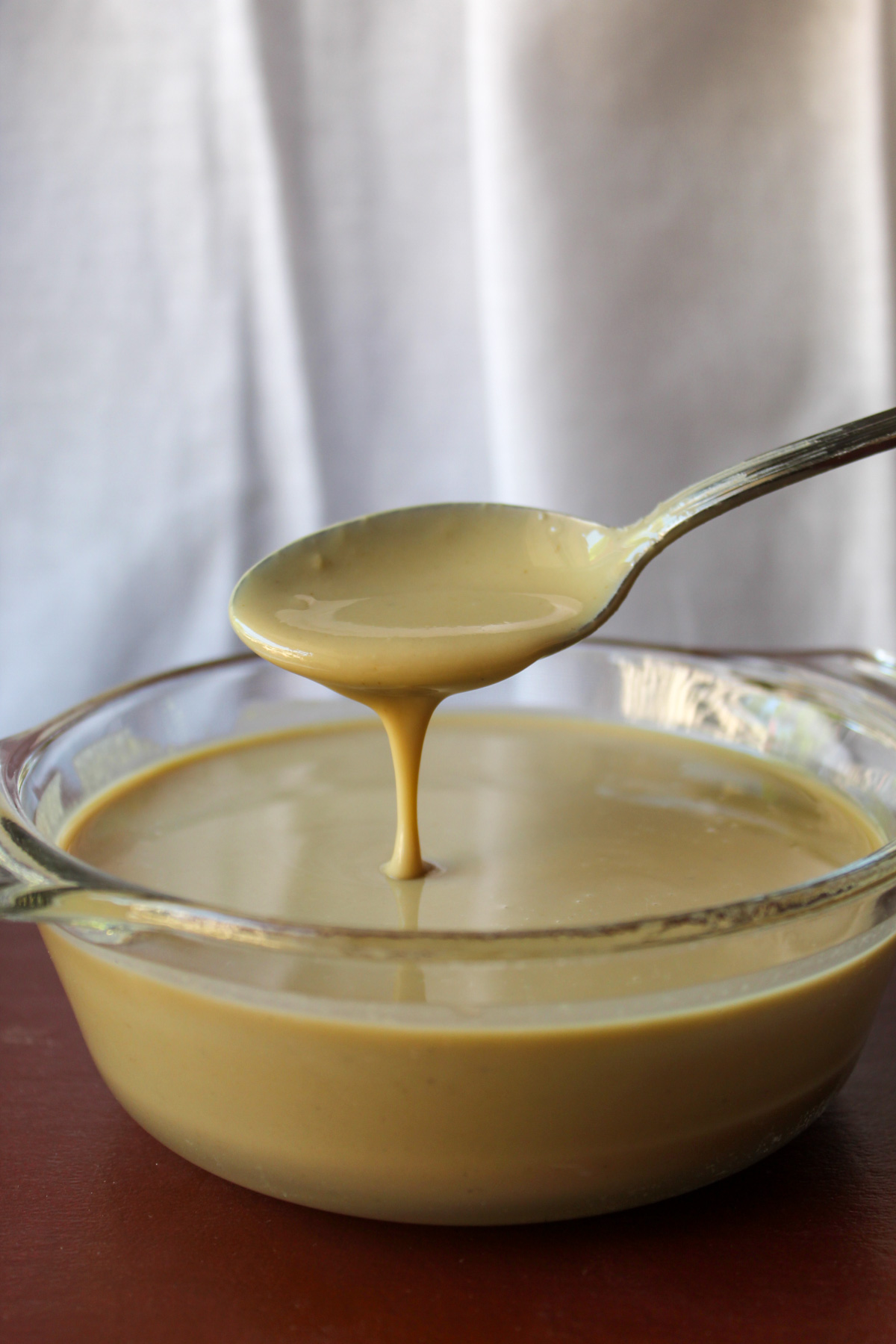
Does Tahini Contain Gluten?
On its own, the white sesame seeds used to make tahini paste are naturally gluten-free.
However, you may find some brands adding other ingredients, like olive oil, lemon juice, or salt. It’s always a good idea to read the label and allergen statements to ensure the product is safe for your food allergies.
Additionally, cross-contamination is always possible. For peace of mind, I prefer to use brands that process the tahini in certified gluten-free facilities to make sure there are no gluten-containing grains.
Certified Gluten-Free Tahini Brands
Since most of us buy tahini at grocery stores or online, it can be helpful to know exactly which brands to look for.
The Certified Gluten-Free label ensures the tahini is produced in a special gluten-free facility.
Remember that almost all brands of tahini are naturally gluten-free, but if you are very sensitive and need to avoid all gluten-containing ingredients, choosing a brand that processes in a GF facility can be a great way to avoid a reaction.
The best tahini for celiacs? Honestly, it’s so easy to make from scratch that you might want to start making it at home!
Just be sure to grab the highest quality sesame seeds and make sure they’re certified gluten-free. They keep well in the freezer, so you can easily buy a big pack and store them to make endless batches of tahini.
Then just use a food processor like this one and blend the seeds with a bit of oil until the mixture comes together. Toasting the seeds beforehand can help to bring out their rich flavor. Then use the homemade tahini as desired.
Tahini FAQs
How do you make tahini at home?
Once your homemade tahini is ready, store it in an airtight container in a cool, dry place, like your pantry. Like most things, homemade is best. The flavor is so much richer and deeper, and you can ensure every single drop is 100% safe.
